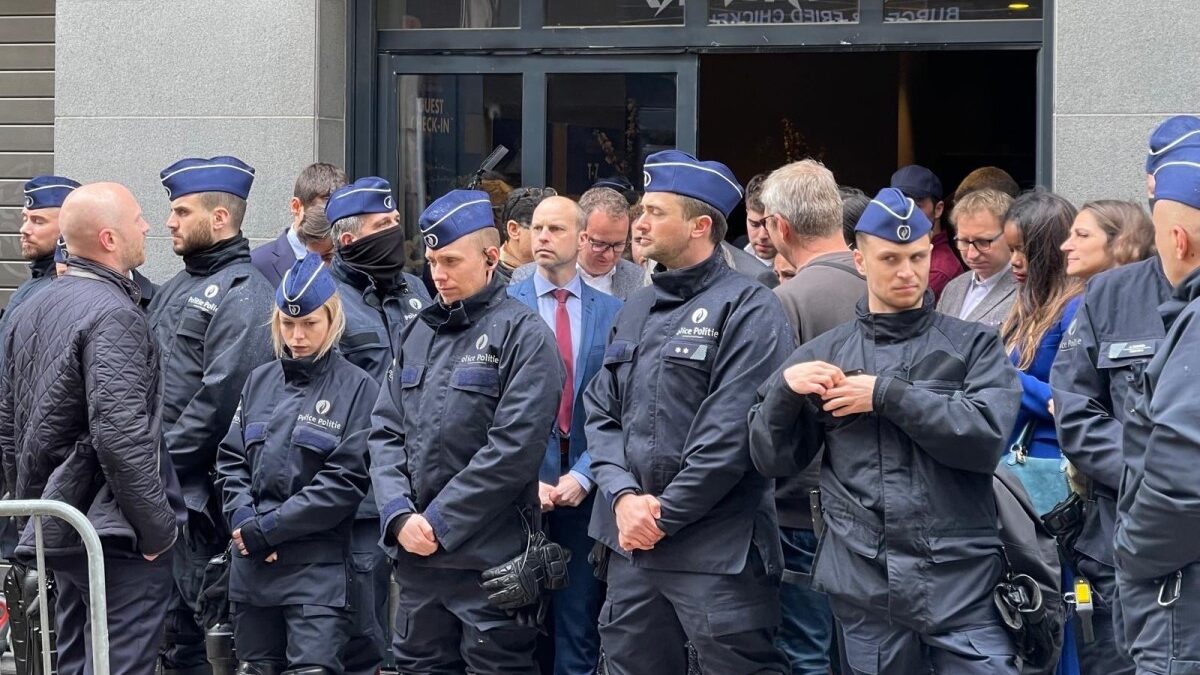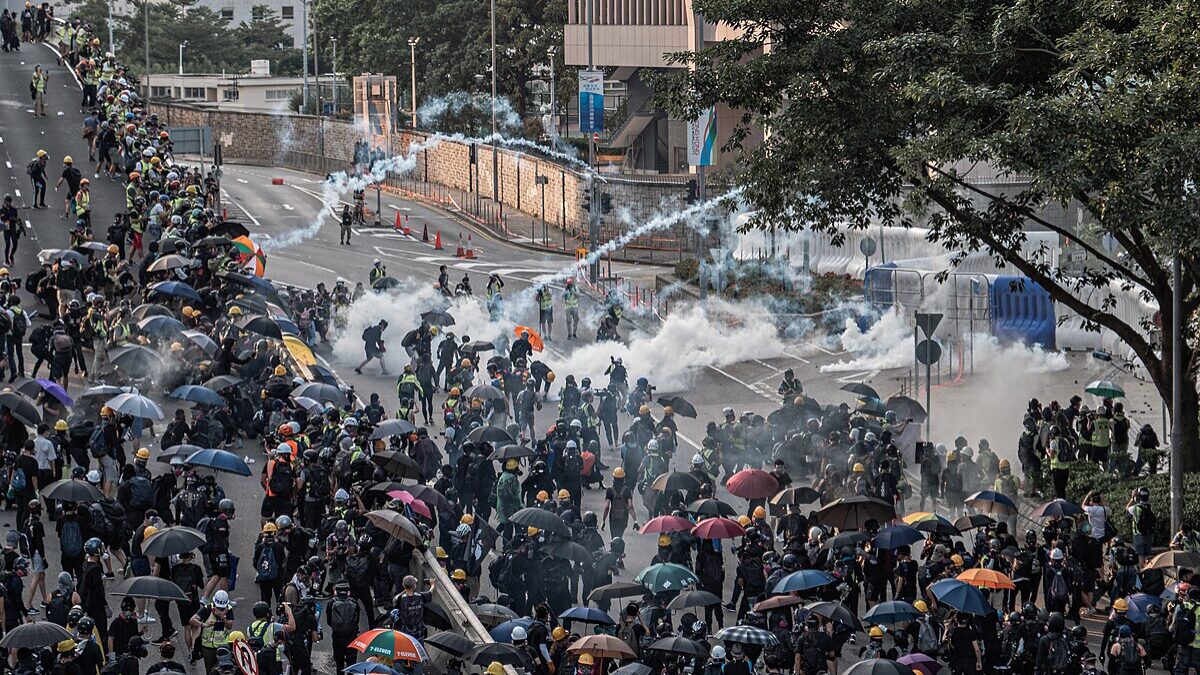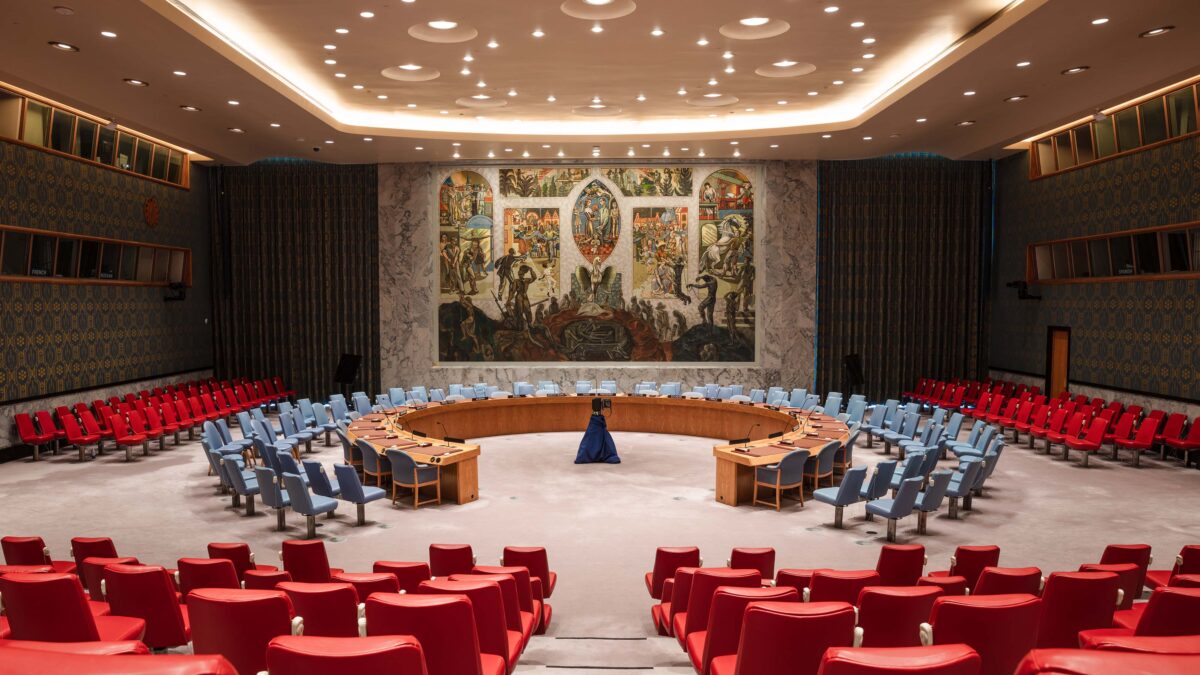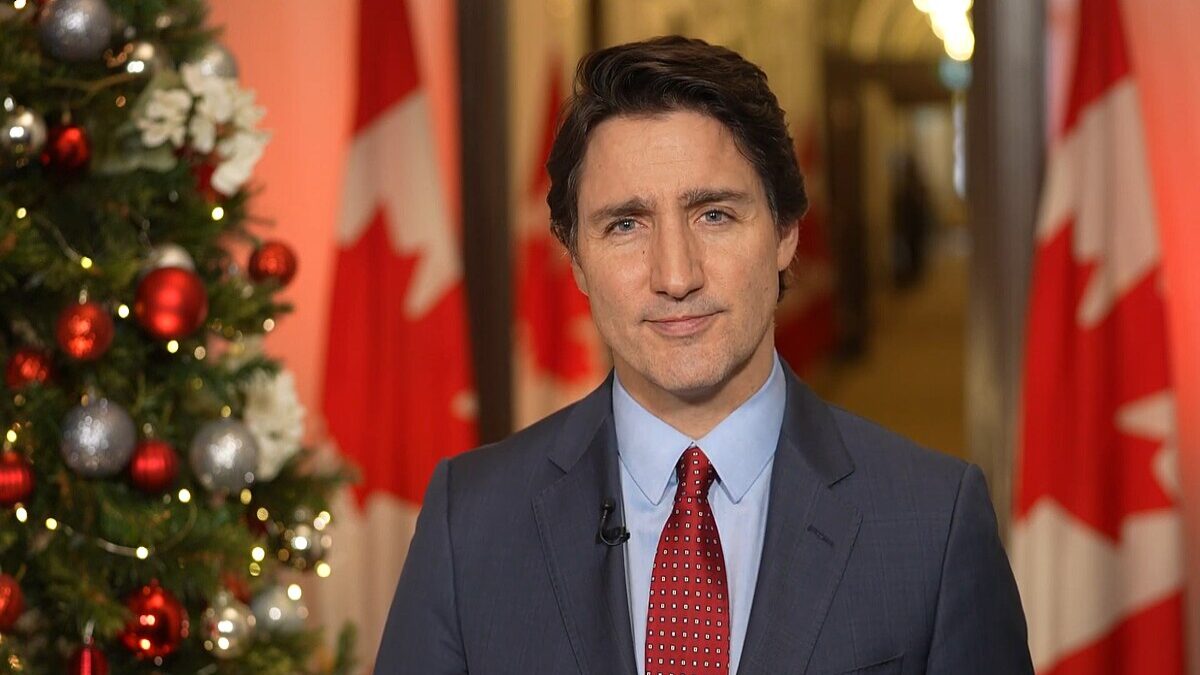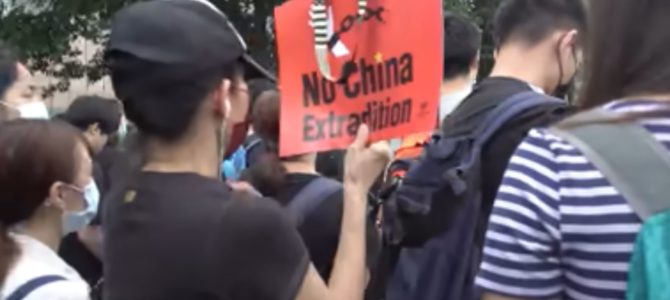
Hong Kongers have been protesting a controversial extradition bill since April. They are concerned that if it becomes law, Hong Kong authorities under Beijing’s pressure will surrender anyone Beijing wants based on trumped up charges — including critics of Beijing, pro-democracy activists, and human rights activists — to mainland China. We all know what will happen to them after that.
For more than two months, Hong Kong’s anti-extradition bill protest was peaceful. In the middle of June, many people around the world watched in awe as more than 2 million Hong Kongers took to the streets to demand the withdrawal of the extradition bill in the most peaceful and restrained way.
Most Chinese in the mainland haven’t had any idea about what’s going on in Hong Kong because Beijing leaders, always insecure and paranoid about anybody challenging their legitimacy and rule, forbade their tightly controlled state media and internet companies from showing any image of Hong Kong’s peaceful protest or offering any context of why the protest was taking place. Chinese media companies remained silent until the Hong Kong protest lost its completely peaceful nature in the beginning of July.
What gives? Keep in mind that the majority of Hong Kong protesters are youths. Since April, they showed a level of maturity and restraint beyond their age. They’ve made a number of demands to Hong Kong authorities, including a complete withdrawal of the extradition bill, the resignation of Hong Kong’s appointed chief Carrie Lam, and an investigation of reported police brutality.
Yet other than announcing the extradition bill is “dead,” Lam hasn’t met any of the protesters’ demands. Skeptics pointed out the different words Lam used in her English and Chinese announcements as evidence that she is playing a word game so she can easily resurrect the extradition bill when she feels the time is right.
Tensions Are High After Governments Refused to Budge
Hong Kong youth are understandably frustrated because they have gotten nowhere in their quest after more than three months of protesting. They are anxious and angry. Their goal has evolved from opposing the extradition bill to opposing the government and demanding more political freedom, including universal suffrage.
Protesters also changed their tactics since the beginning of July. On July 1, the 22nd anniversary of Hong Kong’s return to China, some protesters broke into the Hong Kong legislative building (Legco) and vandalized it. China’s government mouthpiece, the Central Television Station, immediately jumped on it, showing the anti-Beijing spray paint in the Legco without saying anything of the extradition bill nor mentioning any prior peaceful protests, claiming, “If such atrocities are encouraged and condoned, it will violate the rule of law in Hong Kong and challenge all law-abiding citizens.” Protesters quickly offered rebuttals by showing that they paid for drinks inside Legco and kept books and cultural artifacts intact.
Last weekend, more violence broke out in Hong Kong, followed by more state media coverage. Chinese media showed images of a defaced national emblem in the Chinese central government office in Hong Kong, followed by strong condemnations of protesters, branding them “as frenzied as rioters and as cowardly as villains.” While angry protesters did deface China’s national emblem, this state media coverage omitted the violence against these protesters the same day.
Images of thugs and gang members dressed in white brutally attacking peaceful protesters, bystanders, and journalists quickly surfaced on social media. Even more disturbing is that after Hong Kong police were criticized for failing to protect protesters, a video appeared showing police chatting with club-wielding gangsters. Not surprisingly, some protesters accused Hong Kong police of intentionally giving these gangsters a free hand to attack protesters.
U.S. Sen. Marco Rubio, the Florida Republican, believes these gangs are on Beijing’s payroll. He said on Twitter, “Communist Party of #China used organized crime groups to attack protestors in #HongKong. Shows you who we are dealing with.” Of course, Chinese Foreign Ministry spokeswoman Hua Chunying accused the United States of being behind the Hong Kong violence, and at a regular press briefing this week, she told the United States to “withdraw their black hands” from Hong Kong.
Beijing Is Following its 1989 Playbook
Onlookers should not see Chinese media’s sudden coverage of Hong Kong protests the moment they turned violent and China’s accusations of foreign power influence as random or even desperate moves. Beijing is following its repression playbook from 1989. Back then, when the pro-democracy students were occupying Tiananmen Square, their peaceful demeanor and especially their prolonged hunger strike won hearts and minds of the Chinese people. Chinese state media under the reform-minded leader Zhao Ziyang gave the protest relatively fair coverage in the early days.
But when Deng Xiaoping, the leader who controlled the Communist Party and the country, decided “enough is enough” and put Zhao under house arrest, state media coverage of the student protest became very negative. Media referred to the students as anti-government and anti-revolution rioters. To support such claims, they blasted an image of a burned corpse of a People’s Liberation Army soldier throughout all media day in and day out.
Some government critics said the whole thing was staged. But it might have shifted some public opinion of the pro-democracy movement. Of course, Beijing also accused students of being under a foreign enemy’s influence. Once the public relations was under control, the Chinese government sent soldiers and tanks to Tiananmen Square to brutally crack down on protesters on June 4, 1989.
A lie is easier to sell if it is wrapped in a half-truth. Beijing has been waiting for Hong Kong protesters to lose their patience and do something silly, so it can discredit their demand for more political freedom as emanating from unpatriotic rioters manipulated by foreign forces. This week, the widespread Chinese state media coverage of the Hong Kong protest, in its biased and selective way, should be seen as Beijing’s effort to control the narrative and set the stage for more aggressive actions by both Hong Kong authorities and Beijing in the near future.
Many mainland Chinese citizens already feel little sympathy for Hong Kongers. Now the image of a defaced national emblem has stirred up plenty of nationalist fever in China. Anyone who cares about Hong Kong’s future and Hong Kongers’ freedom and safety should be very concerned.


